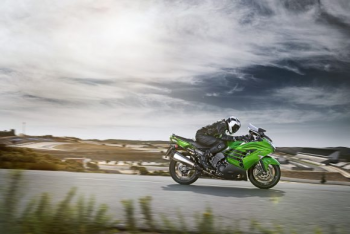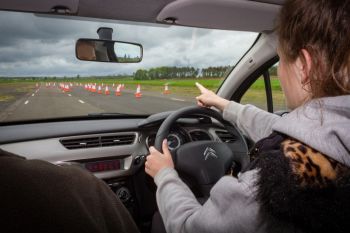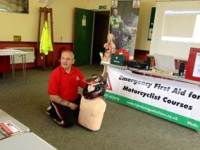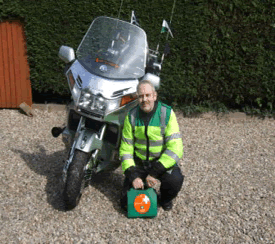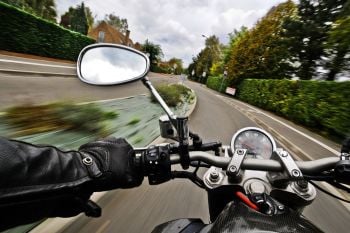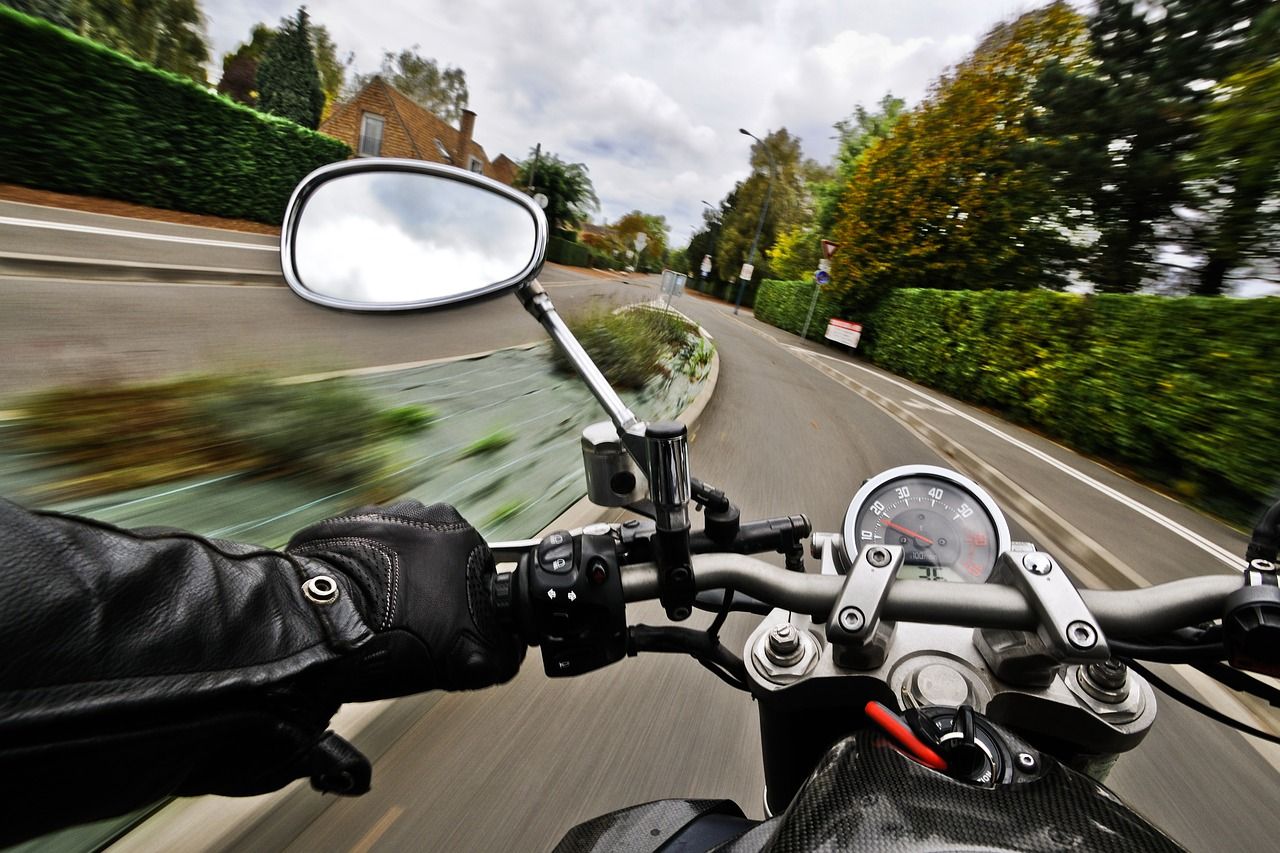Predictions of wintery weather are bad news for local roads
Posted on
Weather forecasts of freezing air to sweep over the UK by the end of October could prove to be bad news for those local roads that have not be well-maintained believes the Road Surface Treatments Association (RSTA).
Weather forecasters WXCHARTS are predicting that Artic air from a north-westerly direction will sweep over the UK and see temperatures drop to freezing lows of 0C by the end of this month. Meanwhile, the Met Office has also predicted that north-western parts of the UK could see snow falling by the end October.
This is bad news for those highway authorities who have failed to properly maintain their road networks and for the motorists who use them as the freezing temperatures could result in more potholes.
Potholes are caused by water or snow freezing in cracks in the road surface. The expansion of ice results in damage and breaking up of the road surface which is made worse by repeated freeze-thaw cycles. The late start to the preventative maintenance season in some authorities due to Covid-19 led to smaller programmes being completed this year, with many unable to carry out all their planned, preventative maintenance. This is likely to lead to more expensive reactive patching over the winter.
“Cold icy weather has a detrimental impact upon roads resulting in more potholes where planned proactive maintenance has not been carried out, particularly where budget has meant smaller programmes than required by carriageway asset lifecycles over a number of years ” warned Paul Boss RSTA chief executive.
Boss called upon the government and local authorities to work together and invest the necessary funding to carry out planned programmes of road maintenance rather than expensive reactive pothole repair: “Patch-and-mend defies economic logic”, said Boss. “It costs only £3 to £5 per m2 to surface dress and maintain a road but costs on average over £50 per m2 to repair potholes. The expensive, emergency patch and mend repair of potholes is not a sensible use of highway budgets unlike the implementation of planned programmes of maintenance.”





